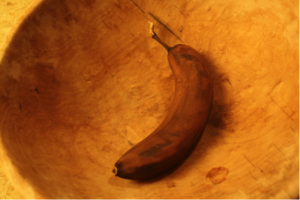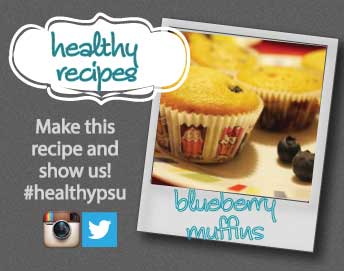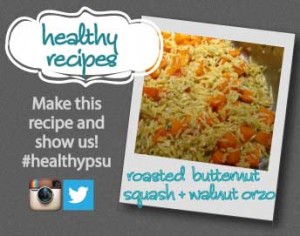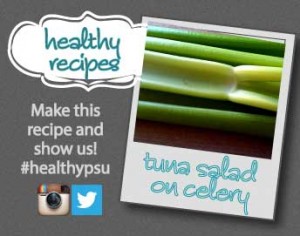Those lingering leftovers.
You know what I’m talking about. Not that better-the-next-day soup or marinated chicken you gobble up after a day or two in the fridge. Not the mouth-watering half-portion of dinner you saved from the restaurant last night. I’m talking about those things that just sit…and sit…and sit. After using them once or twice, they just don’t look so appetizing anymore. I’ll eat that tomorrow, you think, with my lunch perhaps. But by the time you pull them out of the fridge two weeks later, they’re as unidentifiable as your high school cafeteria’s meatloaf.
If this sounds familiar to you, you’re not the only one. According to the United States Environmental Protection Agency, Americans dumped 36 million tons of food into landfills…in 2011 alone!
How can you prevent your fridge from becoming a mold-cultivating-experiment? It’s actually quite simple. By utilizing some of the steps below, you can be well on your way to saving money and saving the Earth!
1. REDUCE.
- To avoid the rotting leftovers dilemma in the first place, consider buying food in smaller increments. For instance, if your schedule allows it, go grocery shopping twice a week instead of once a week.
- Make a list of items that you need before you go to the grocery store. This way, you’ll be less tempted to buy things that you know you don’t need. Plus, you’ll end up saving shelf space and money.

2. REUSE.
- So, the oranges in your fruit bowl are getting a little old. The peels are a little bruised, and the fruit itself is feeling a bit squishy. Instead of throwing them away, consider using the zest to flavor tea or meats! You can even turn the peel itself into a delectable candy using not much more than sugar and spices.
- Have a brown banana on your hands? Don’t toss it! Brown bananas often work best for banana bread or smoothies. Try this healthy banana bread recipe from Mayo Clinic.
- Ever buy a ton of hot dog rolls for a BBQ and end up with what seems like more than you started with? Instead of eating hot dogs every meal for a week or tossing the rolls to the birds, try making homemade croutons or bread pudding!
- Get creative with your leftovers. For example, use baked chicken from the night before in a sandwich or on top of a salad the next day! The possibilities are endless.
3. RECYCLE.
- If you’ve got canned goods collecting cobwebs, the coolest thing to do is to donate them to the State College Area Food Bank! Also, keep your eyes open for food drives hosted by campus organizations or local businesses.
- Still seem to have cans of baked beans and boxes of cereal bars lying around your dorm room? When all else fails, get your floor or friends together for a prepared food potluck. Trade for items you know you’ll eat a lot faster than that can of lima beans your mom just sent you.
Give a few of these tips a try, and you’ll be well on your way to being more sustainable (and creative!) in the kitchen. Do you have any other ideas about how to reduce food waste? Are you currently using any techniques that really work? If so, let us know by commenting below!

About the Blogger:
Brittany is a senior majoring in Biobehavioral Health. She is a member of the Green Health team in HealthWorks, a peer health education program within University Health Services. In her free time, she enjoys dumpster diving and long-distance running.







